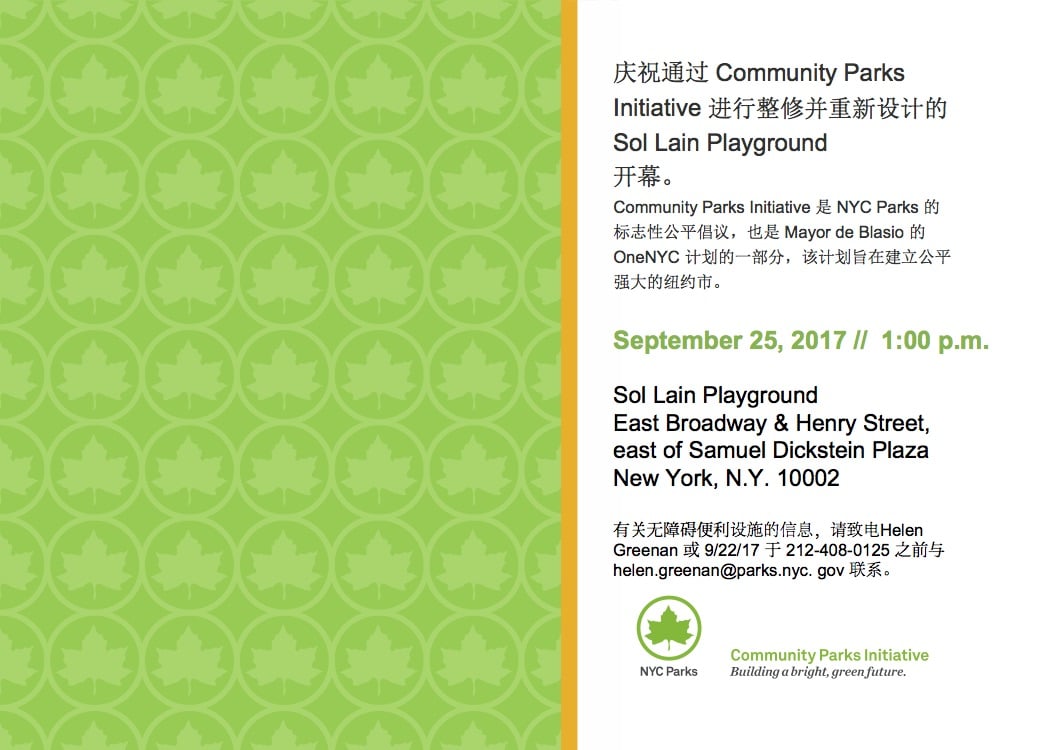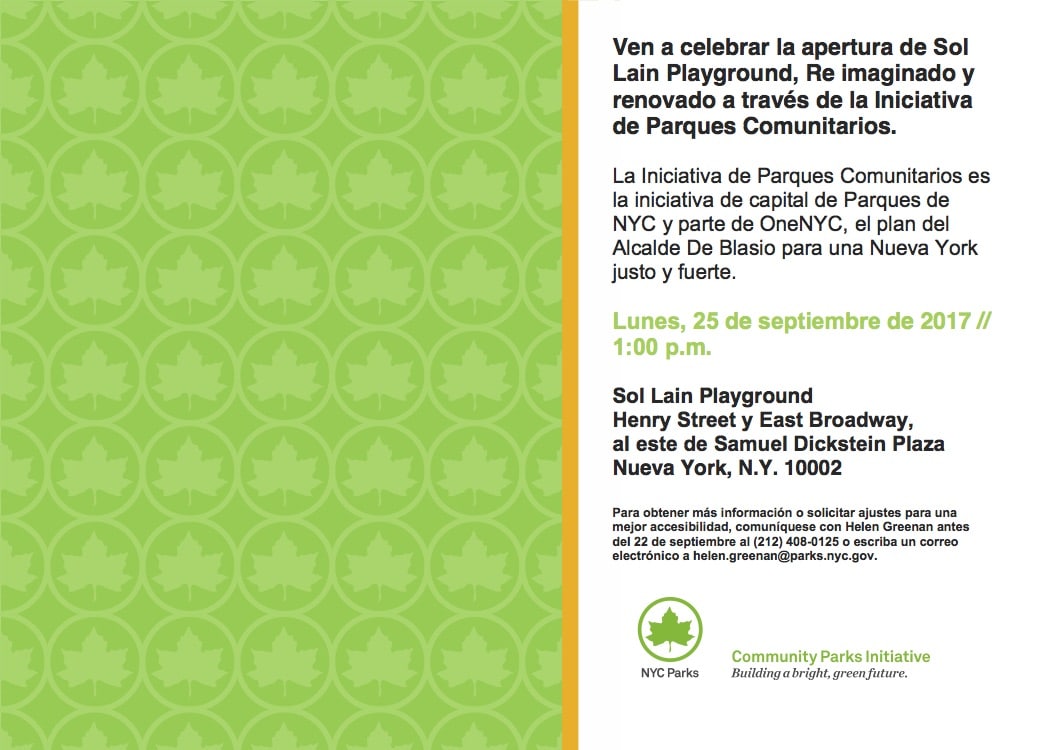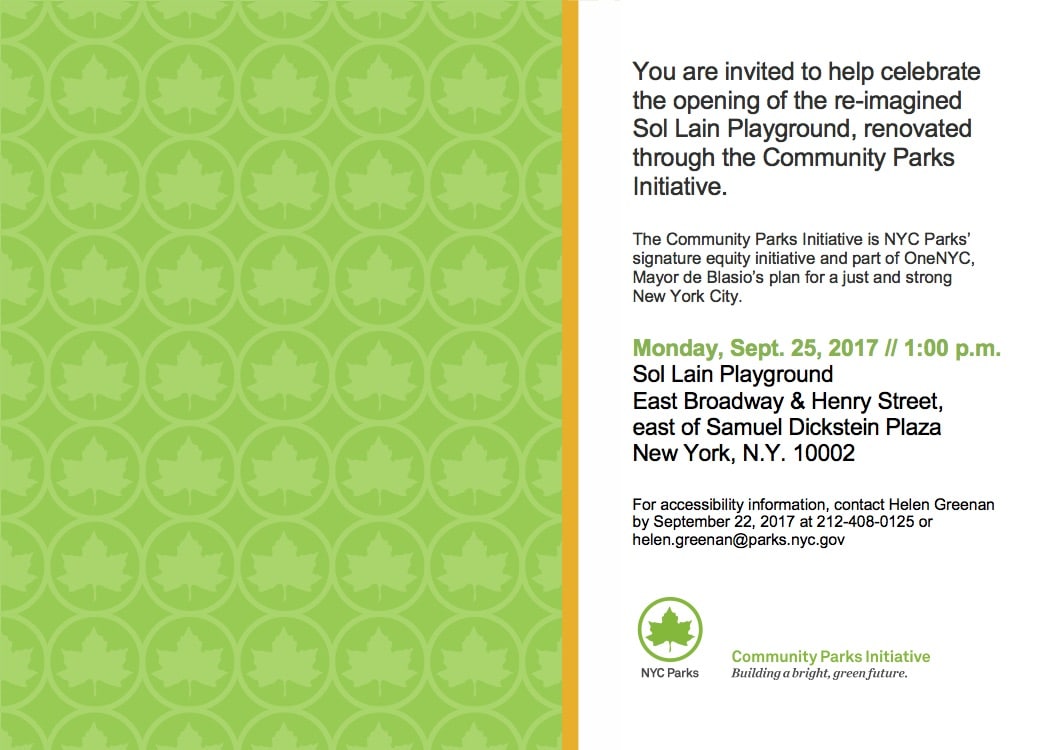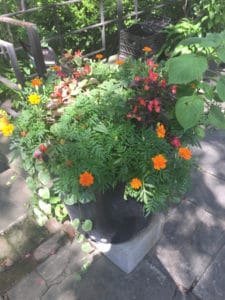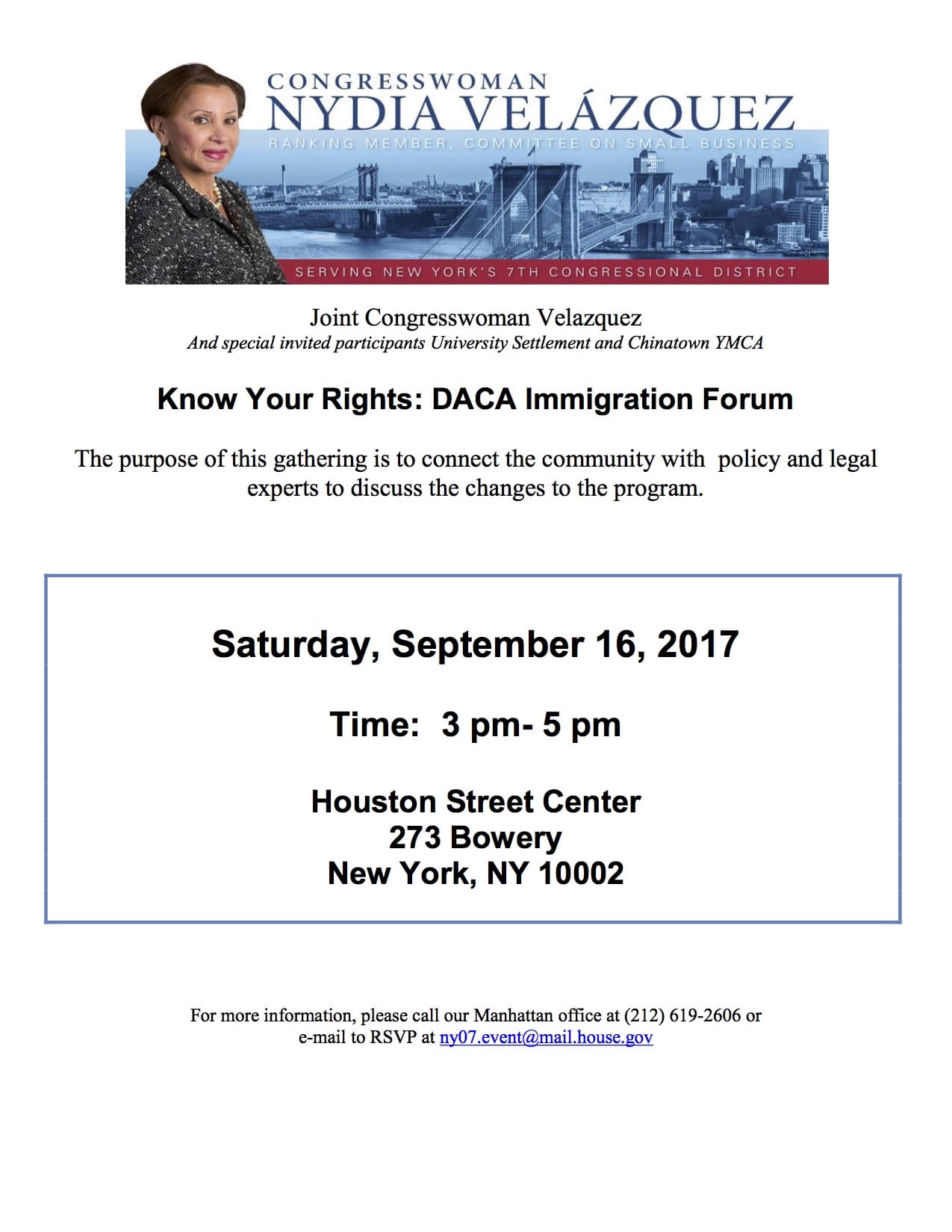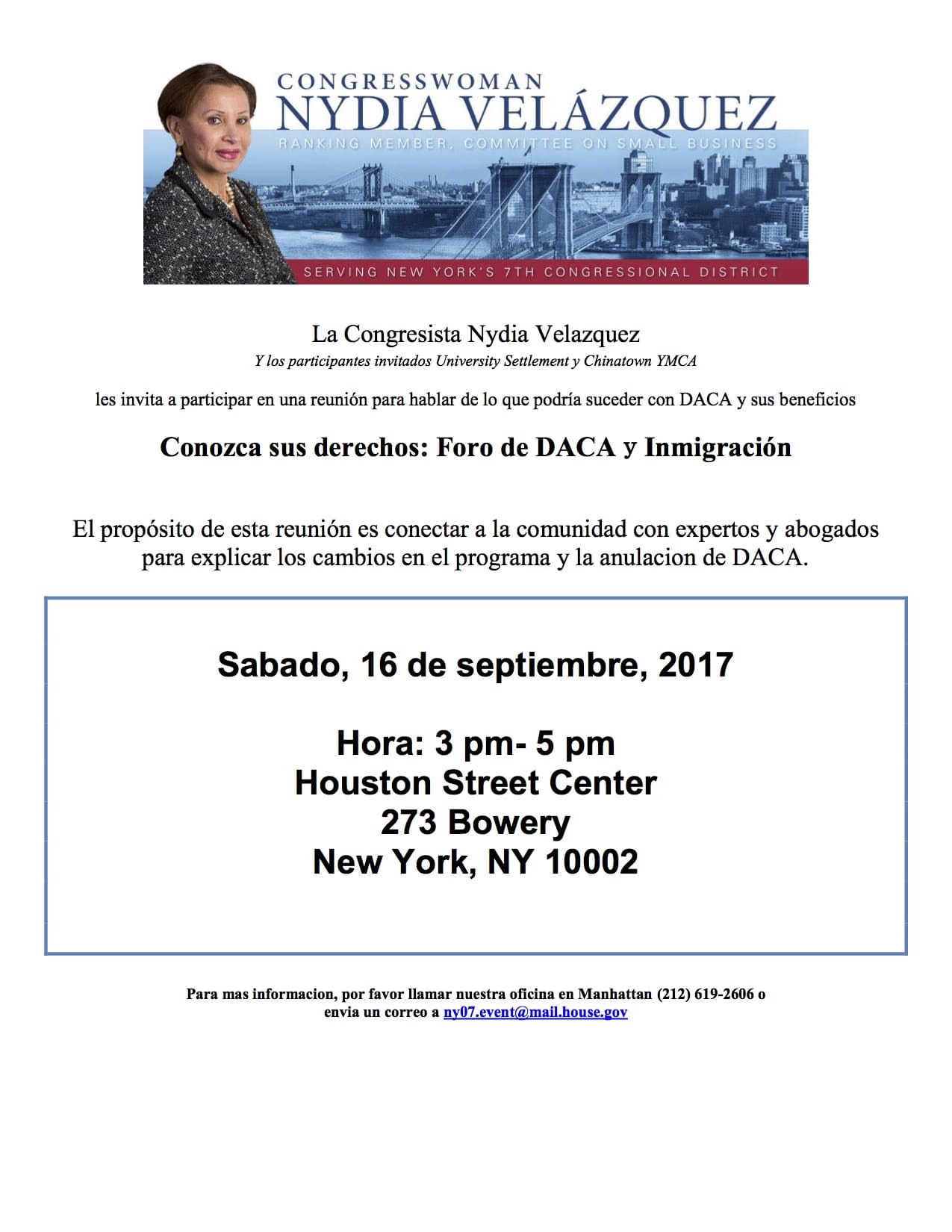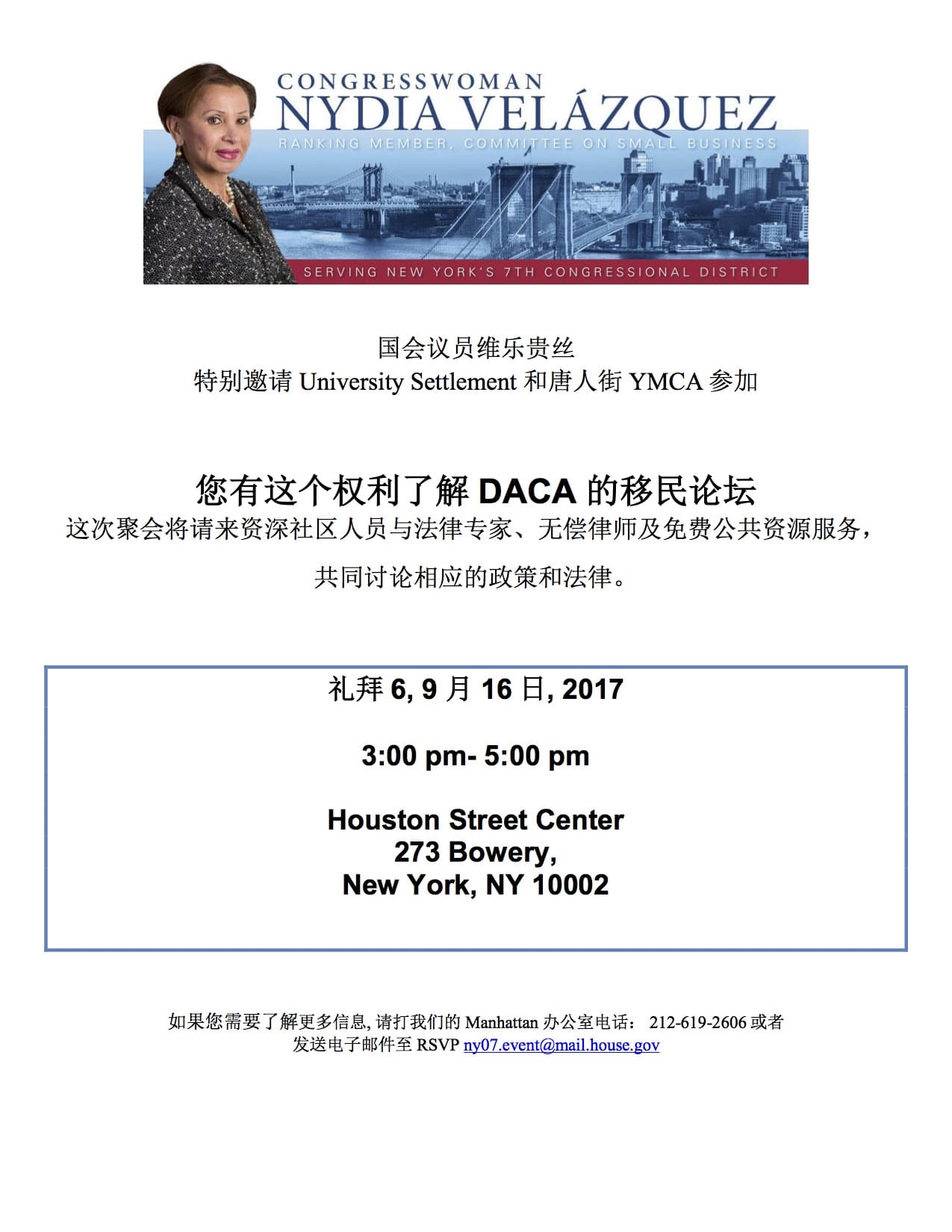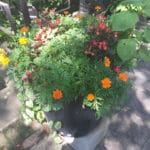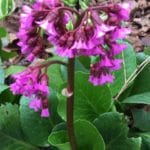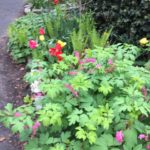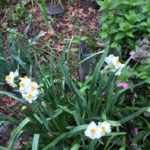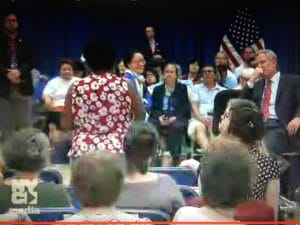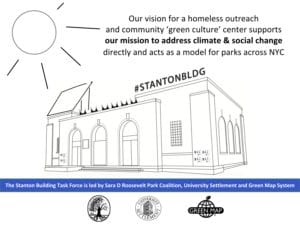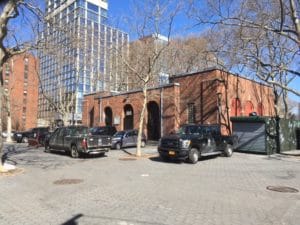From 350NYC:
Wednesday, September 20, 2017 @ 8:30 AM – 9:30AM
NYC Municipal Building,1, Centre Street, NY 10007
#FossilFreeNYC #DivestNY
In this era of catastrophic hurricanes, floods and forest fires, the New York City Retirement Systems continue to pump billions of dollars into the rogue fossil fuel industries that are destroying the planet in pursuit of profits.
This has to stop! Join us for a rally and leafleting action before the quarterly meeting of all five New York City Retirement systems to send a message that Divesting from Fossil Fuels Now is the only responsible thing to do to protect the city’s retirement funds.
The Common Investment Meeting (CIM) is a quarterly meeting of all five New York City Retirement Systems at which the Systems’ performance is reported and decisions about investments and initiatives are made. They need to hear loud and clear that investing in fossil fuels is no longer an acceptable option.
Heed the Warnings, Stop the Floods

*****
NYC Climate Light Brigade – Light up the skyline!
Sunday, September 24, 2017 @ 6:30 PM to 8:30 PM
Pier 4 Beach Brooklyn Bridge Park
214 Furman St, Brooklyn, NY 11201
Can you help us light up the NY skyline with messages of resistance and climate action? We are organizing a Light Brigade to send a message to the NYC Comptroller Stringer to divest from destructive fossil fuel companies. More than $3 billion of public money is invested in the likes of Exxon, Chevron, BP and Enbridge.
As we approach the 5th anniversary of Superstorm Sandy and watch with horror the destruction caused by Hurricanes Irma and Harvey, now, more than ever, we need New York City to be a climate leader. But NYC can’t do that if it continues to invest in climate destroyers. We need 30 people to come out and hold brightly lit signs produced by the NYC Light Brigade.
It’ll be a fun, creative way of sending a serious message to NYC pension fund trustees which are meeting on Sept 20. Kid Friendly! And you’ll be helping to create dramatic and lasting images that’ll be used often in the lead up to a big march at the end of October.
It’s time to #DivestNY!
PLEASE NOTE: MEET ON THE BEACH See Map: Brooklyn Bridge Beach between Pier 5 and Pier 4. There is a street entrance on Montague St which is off of Furman. Clark Street is the closest subway stop. RSVP by emailing us at 350nyc@gmail.com and include your phone number. Feel free to recruit friends!
Save the Date!
5 YEARS AFTER SUPERSTORM SANDY
We Remember. We Resist. We Rise.
Five years ago, Superstorm Sandy flooded our subways, destroyed our homes, and took loved ones from us. Like in Florida and Texas, the people hit hardest by Sandy were the poor, people of color, immigrants, and our already most vulnerable communities.
New York’s elected officials must protect us from the impacts of climate change and lead a just transition to a renewable energy economy. We cannot wait any longer. On October 28th, we will assemble and march over the Brooklyn Bridge, and then rally at the Smith NYCHA Houses in Manhattan.
On October 28th, let’s march to demand a better future. Communities across the city will remember, resist, and rise together. #Sandy5 RSVP here: https://sandy5.org


